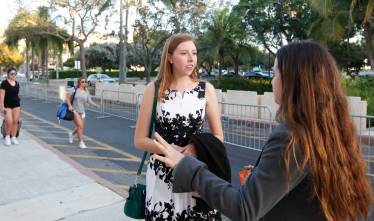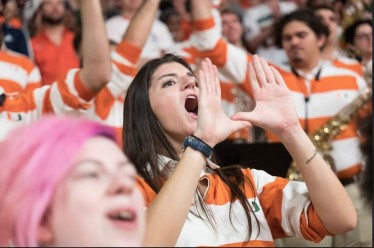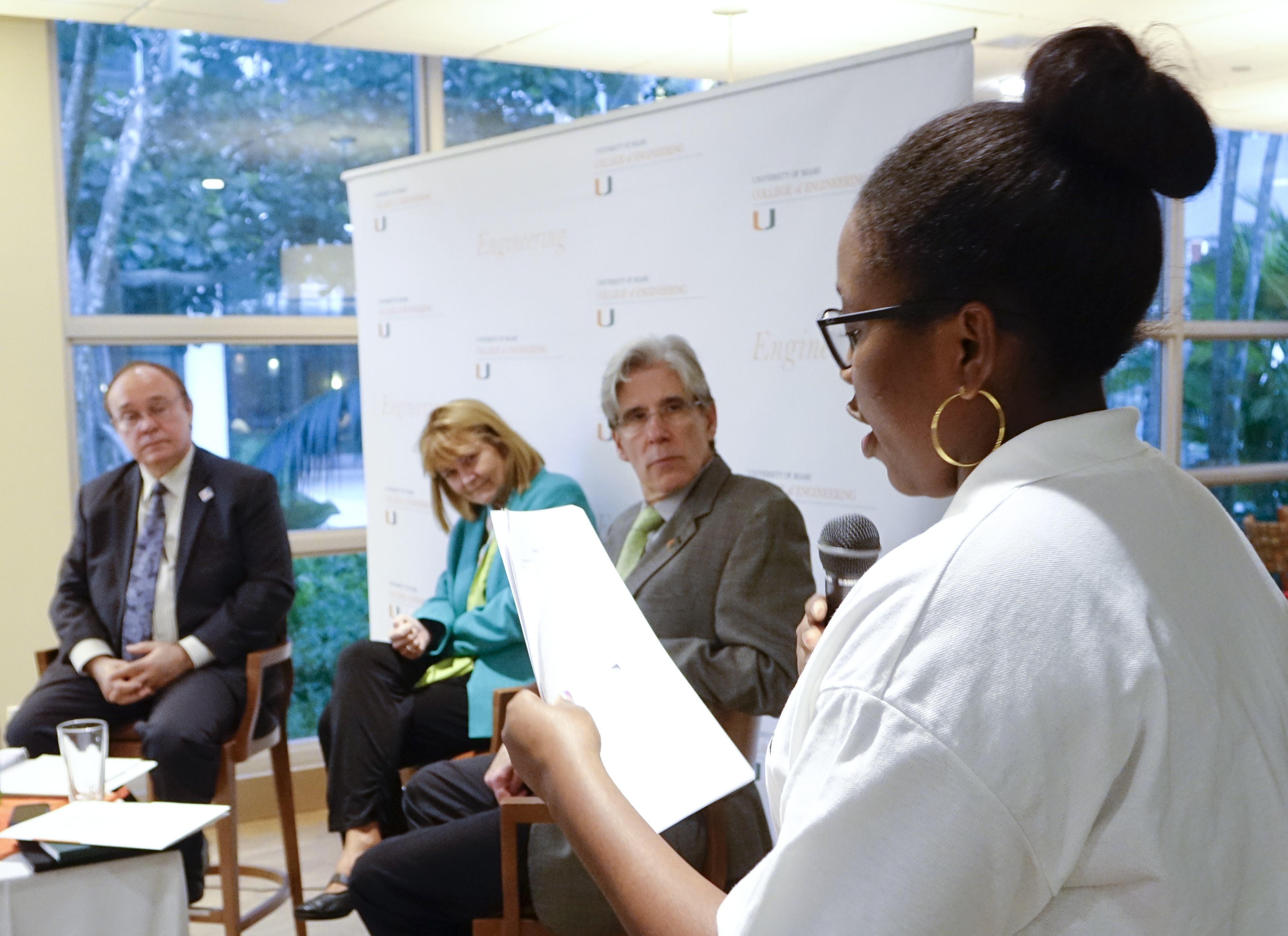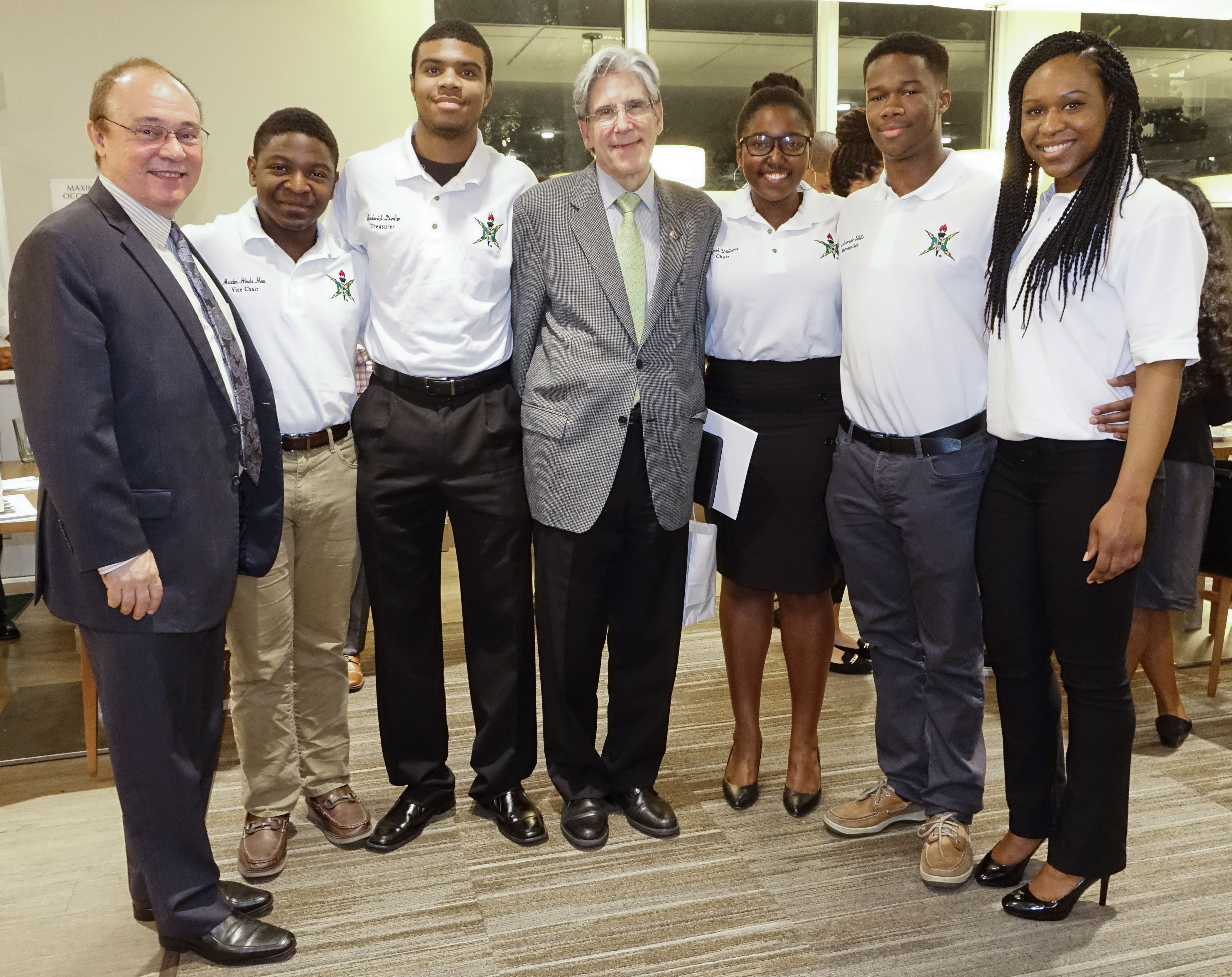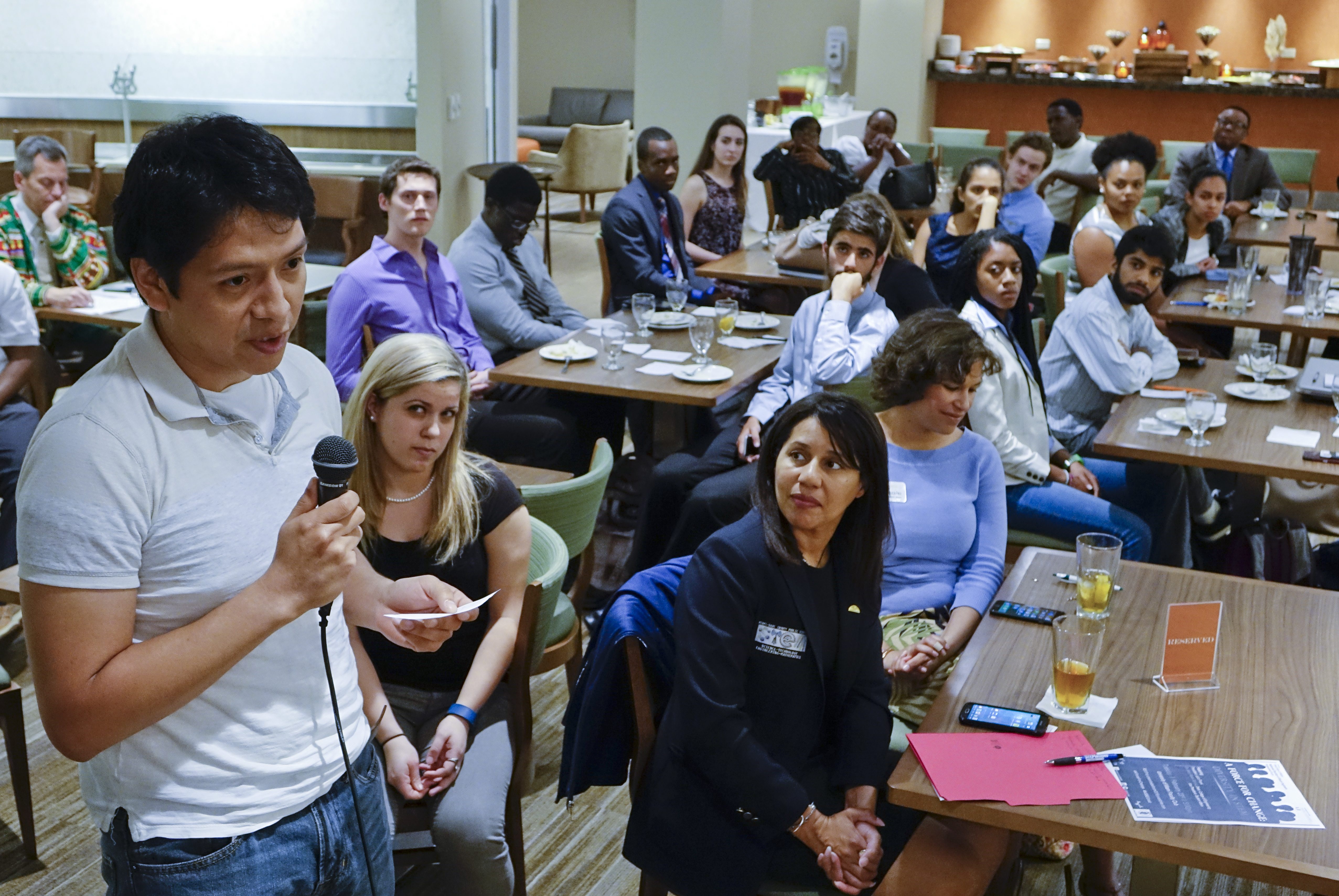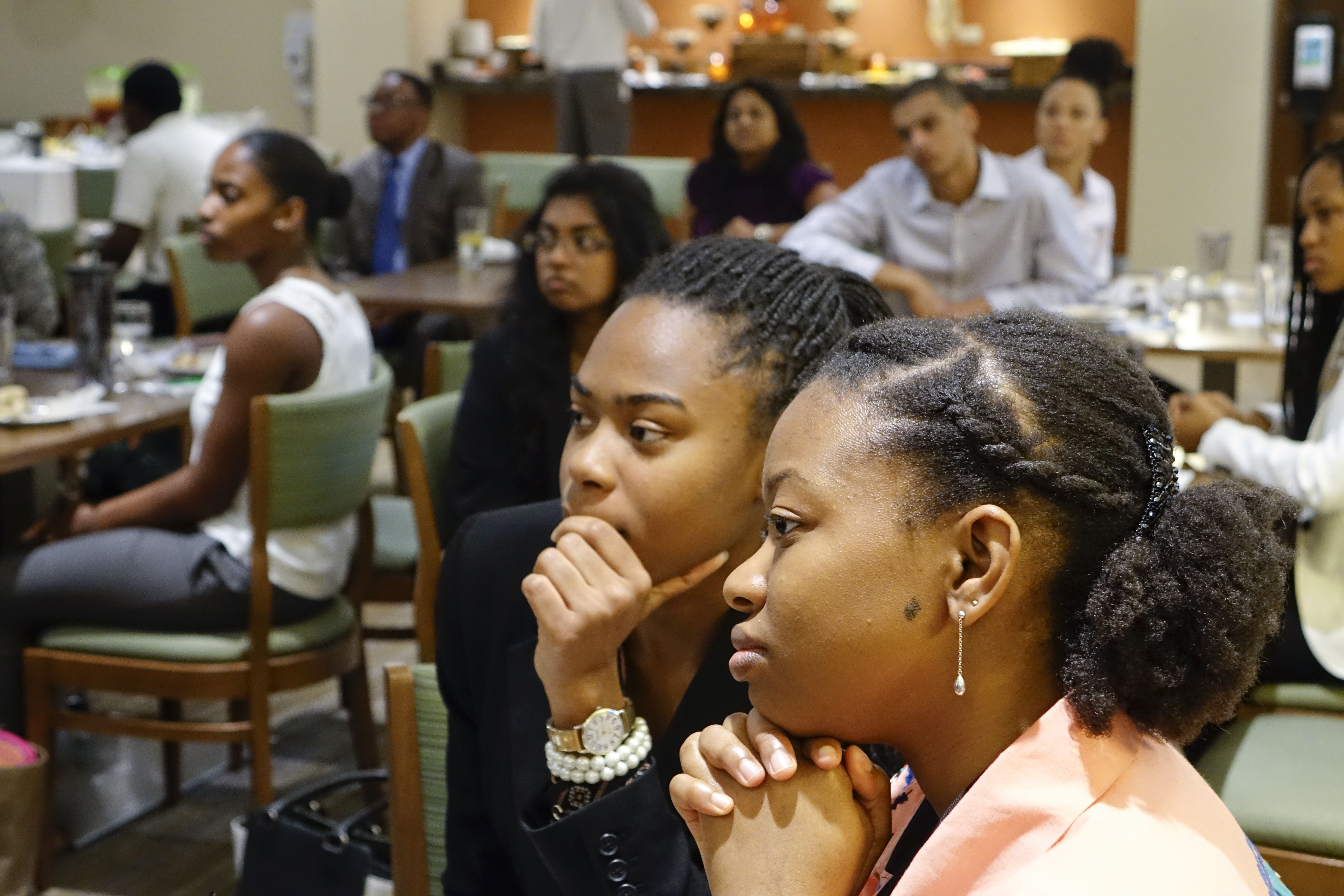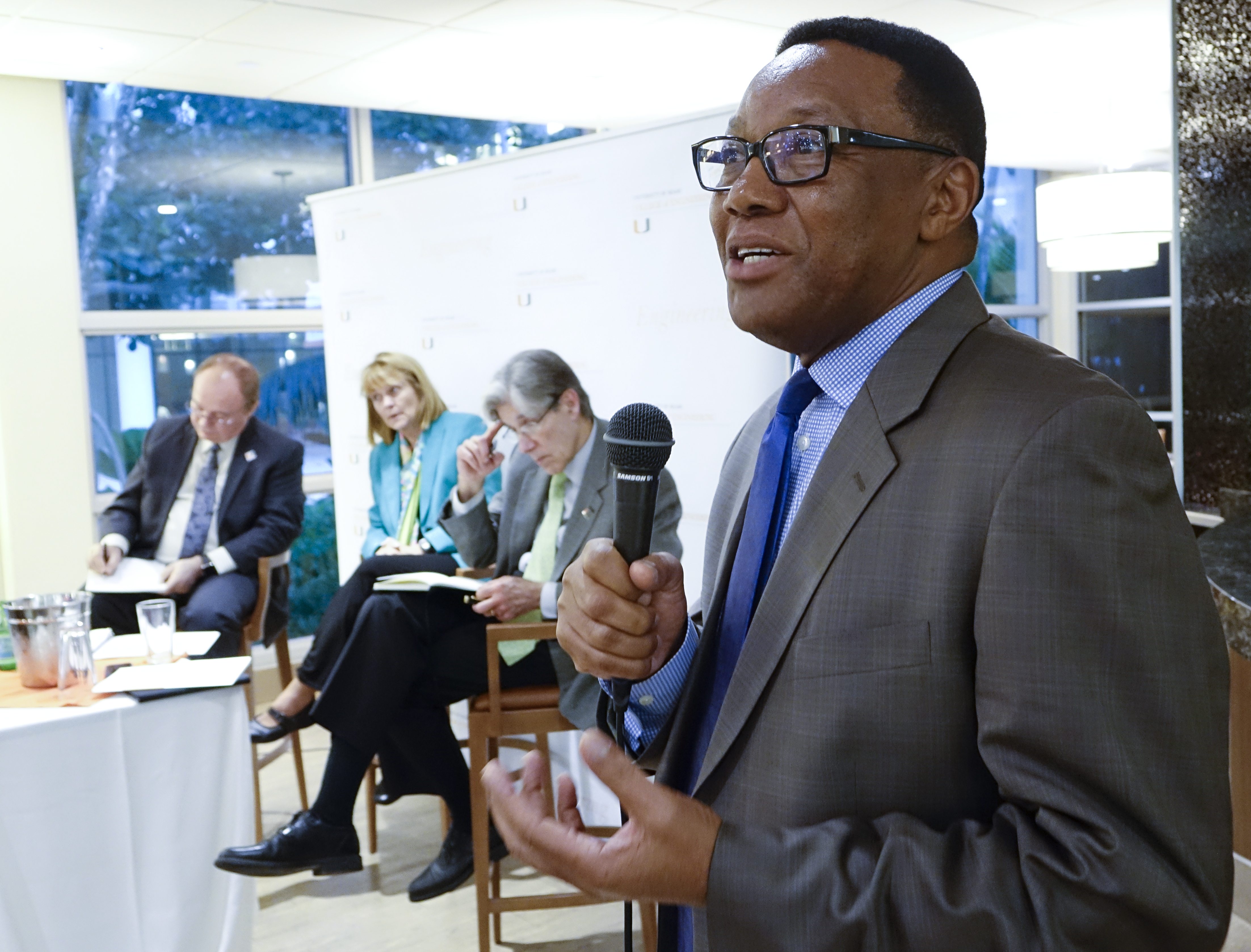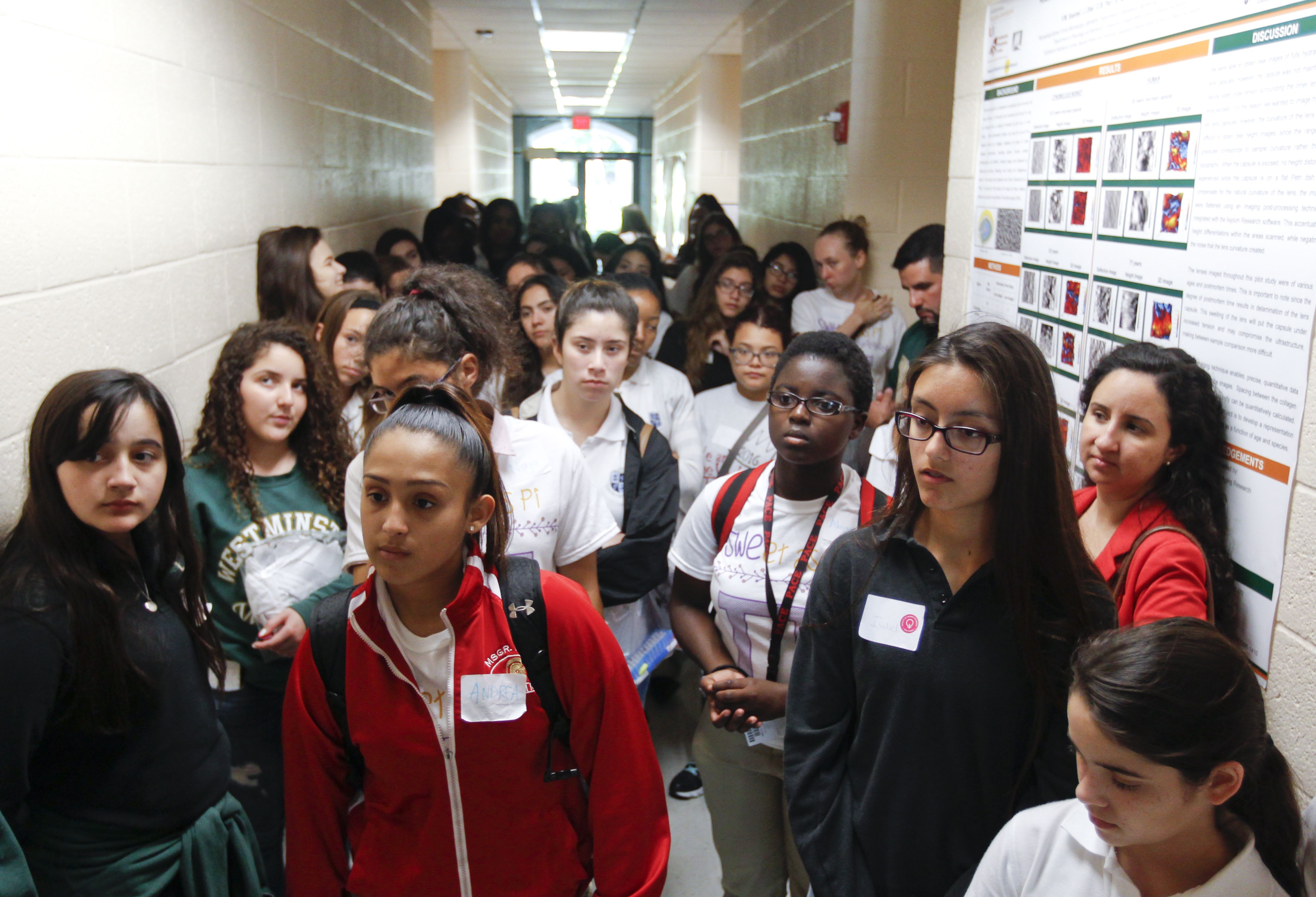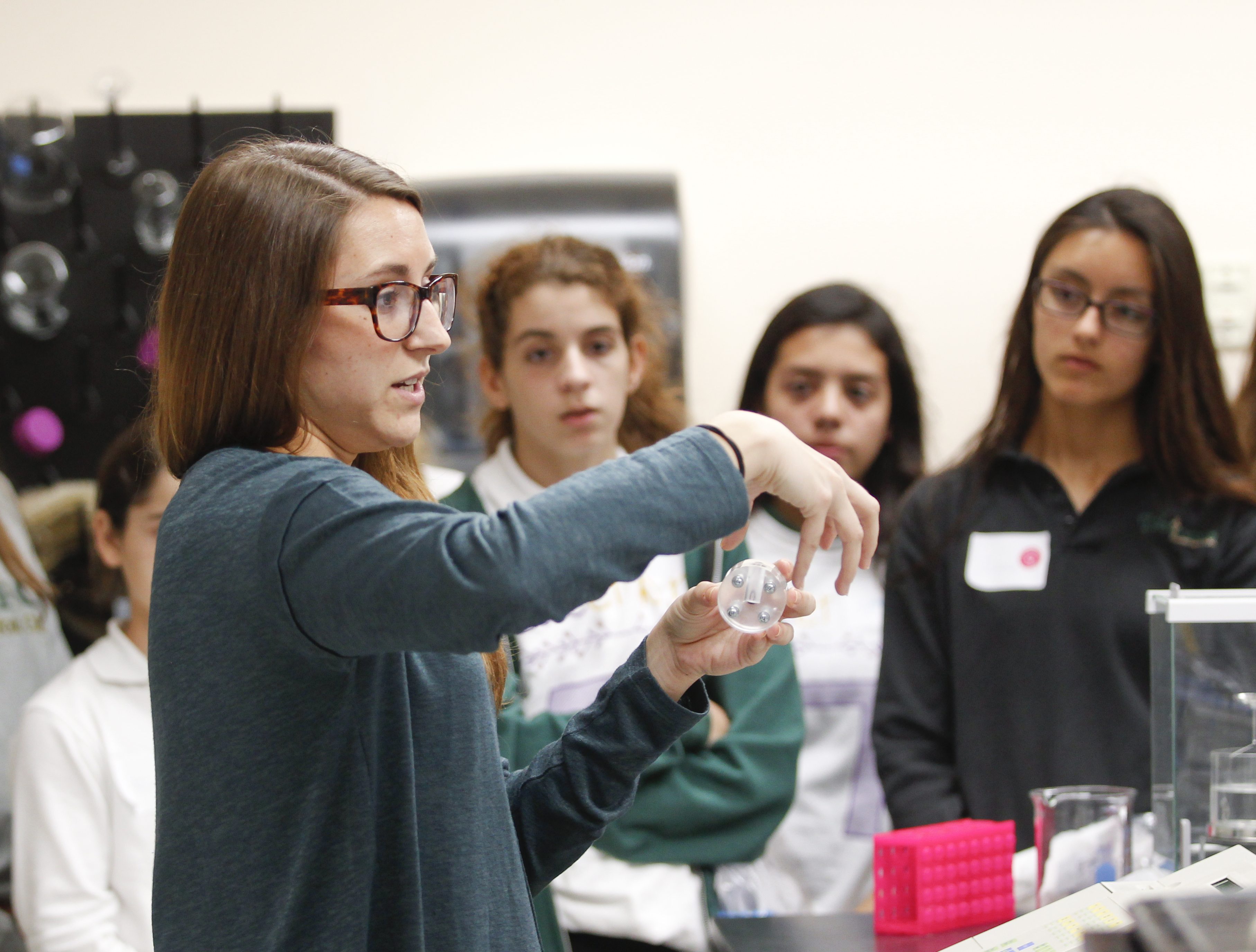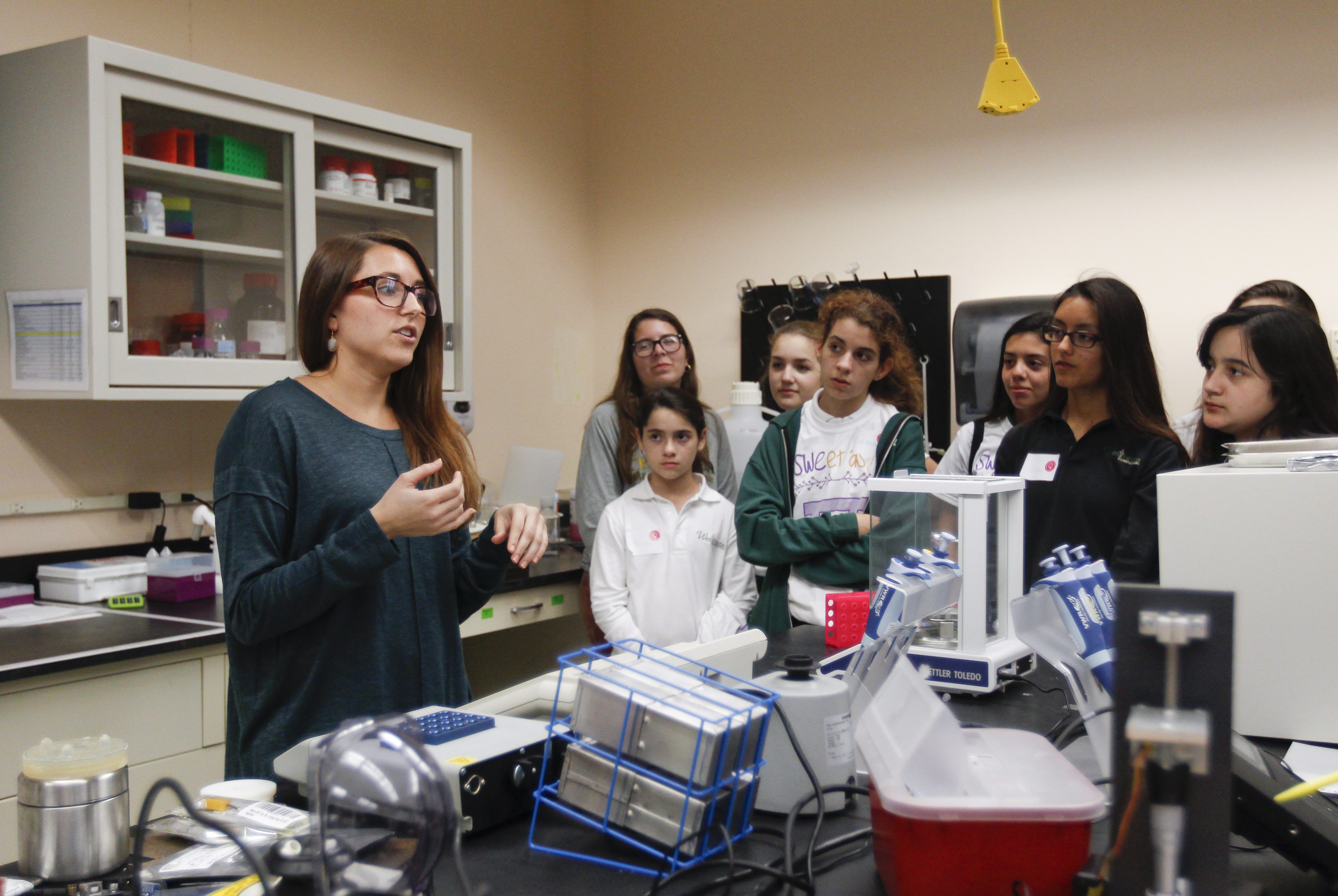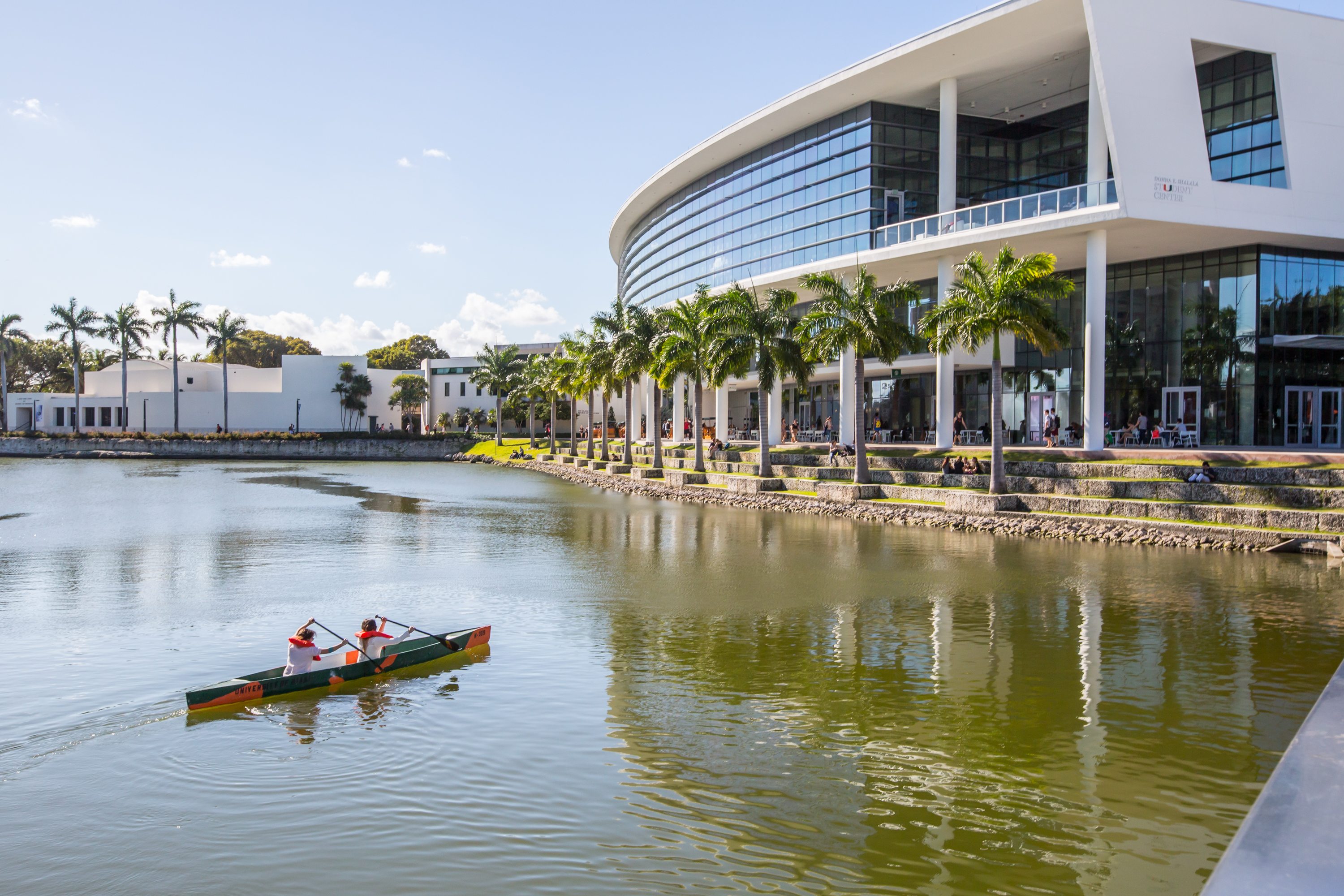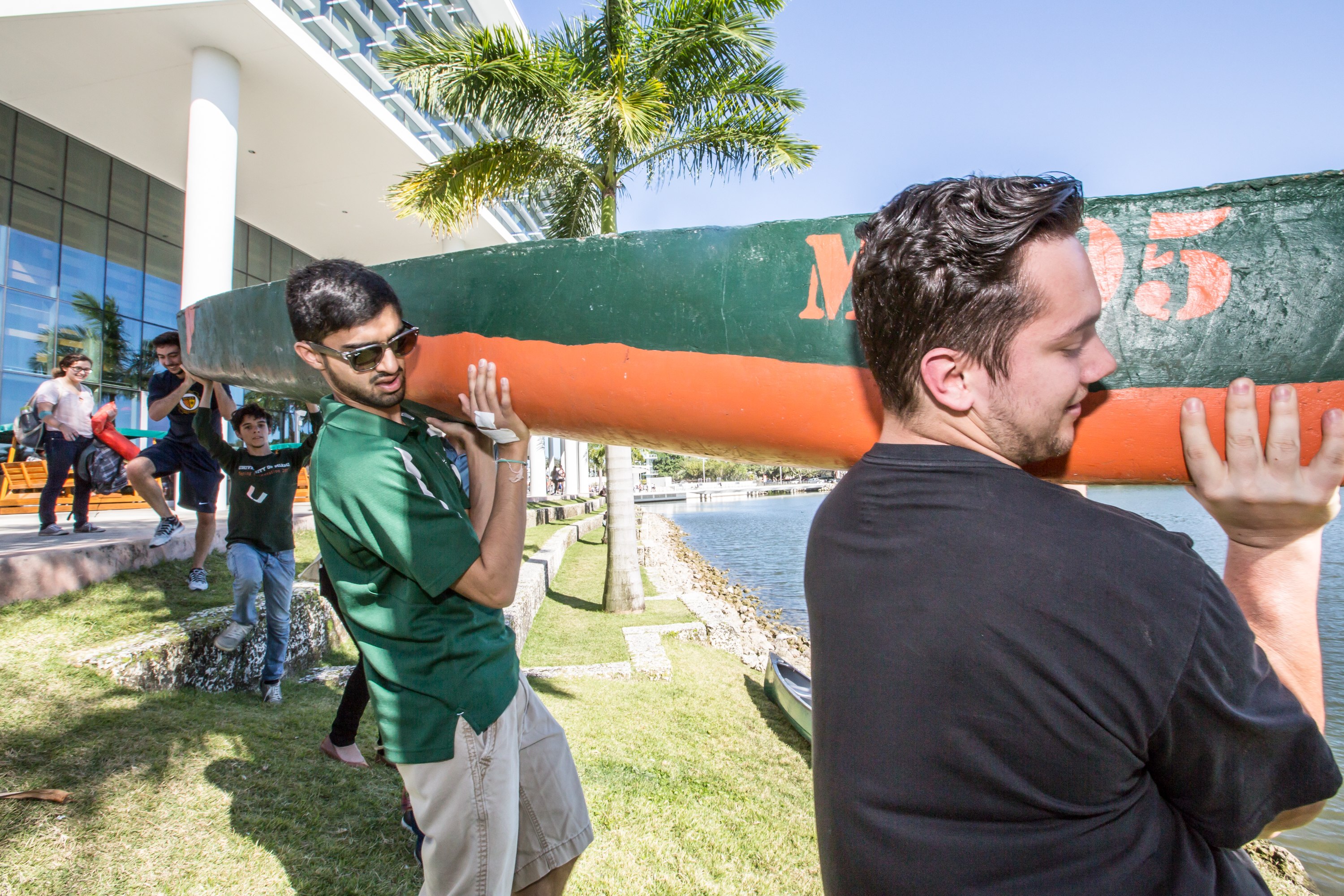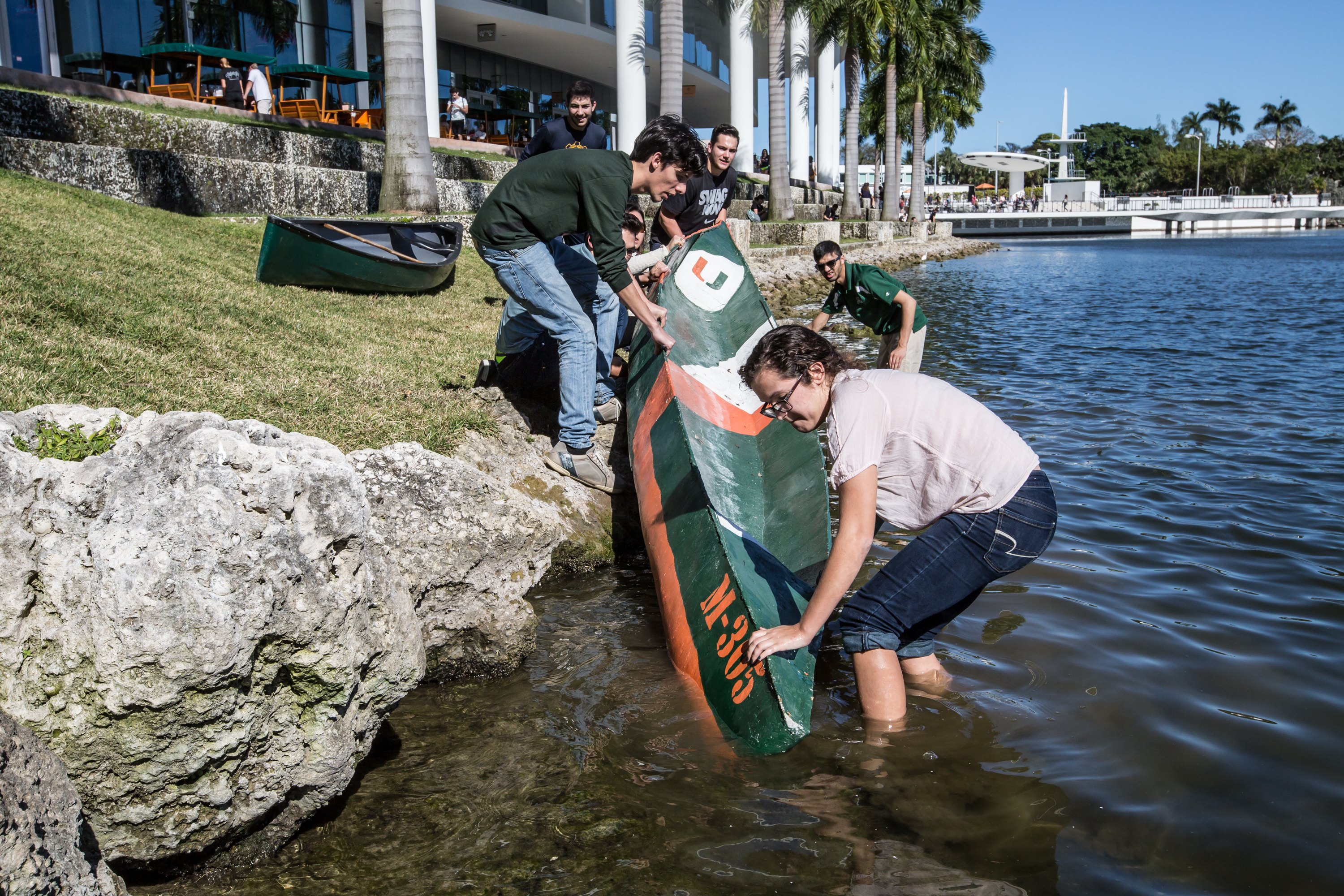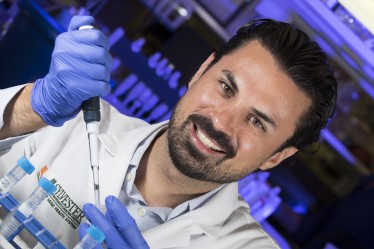By Renee Reneau
UM News
Editor’s note: Senior Renee Reneau is a member of the UM Debate Team, and works in University Communications. Here’s how she saw the debate.
Live debate is a skill unrivaled by any other. Good debaters know how to craft arguments featuring tag lines with a punch. Great debaters know how to back up these arguments with substance.
The 12th (yes, 12th) debate of the 2016 election cycle presented by CNN and hosted by the University of Miami at its BankUnited Center Thursday was the last Republican debate before the critical March 15 primaries in Florida and Ohio.
The four remaining candidates, Donald Trump, Ted Cruz, John Kasich, and UM alumnus Marco Rubio, surprised all of us with the amount of substance they brought to the table. Below is my account of how each of them measured up:
Cruz — A
Tagline: “This is a job interview. We are here pledging our support to you!”
Cruz remained on the offensive Thursday night, with direct challenges to Trump’s rhetoric. He spoke of going beyond the rhetoric that just says “China bad,” or “Muslims bad” and challenged the audience at home to ask, “How is this helping you?” The trained debater from Princeton University earns a grade A because of the amount of specifics he referenced, raising his credibility.
The debate overall had better quality answers because candidates had a full 1 minute and 15 seconds to answer questions and 45 seconds to respond to other candidates’ answers. Cruz took advantage of this, name-dropping political figures in the Middle East, such as Ayatollah Khomeini of Iran and President Abdel Fattah el-Sisi of Egypt. I think many in the audience shared my relief in thinking – finally we are actually talking about the Middle East.
Rubio — A-
Tagline: “I’m not interested in being politically correct… I’m interested in being correct.”
Rubio was the hometown favorite, and probably won the most political capital out of the debate. His answers on Cuba made most of the audience want to scream out Libertad! and there was even a small “Marco, Marco” chant from the student section. Rubio knew his live audience, and he also knew his audience watching at home, such as Florida’s large senior citizen population. Another standout moment was his answer on Social Security, in which he gave specifics and had a logical progression of increasing the retirement age and adjusting benefits on an incremental scale based on wealth.
Rubio would have won the entire debate in my opinion, had he given better opening and closing remarks. I would have liked to hear something else besides our generation is building a new American century.
Kasich — B
Tagline: “This is not a theory I’m talking about; it’s the reality I’ve already accomplished.”
This election cycle, Kasich has billed himself as the adult on the stage, and the only candidate with real bipartisan accomplishments under his belt. Thursday he again mentioned that he was the chief architect of balancing the federal budget “for the first time since man walked on the moon,” and that he remains the candidate with the strongest chance of beating Hillary Clinton in the general election.
Kasich took the only strategy he really could in a state where he is polling at just 4 percent. He stuck to his guns, got in as many points as the moderator allowed, and finished strong by saying, “I want to turn power, money, and influence back to you, the American people.” Will it be enough to win him delegates Tuesday in other states? When he is touting renewable energy and vocational programs in schools, he isn’t exactly hitting on the buzzwords of the race (not to say those things are bad, we just always forget about Kasich perhaps because he is too substantive).
Trump — B
Tagline: “I’ll get us the really, really good deals!”
One of the most important skills during a debate round is thinking on your feet. Trump has proved his ability to do this time and again. His greatest strength is that he sounds like your conservative uncle talking to you at the dinner table. But what stood out Thursday was his notable change in tone, literally. Trump spoke in a much softer and less aggressive manner, only speaking over Marco Rubio once.
Unfortunately for Trump, it didn’t escape the audience in Miami that he was flip-flopping on the issues of H1B high-skilled worker visas and Israel. Contradictory advocacy is a cardinal sin in debate, and this isn’t the first time Trump has changed his position. Thus he earns a B.


